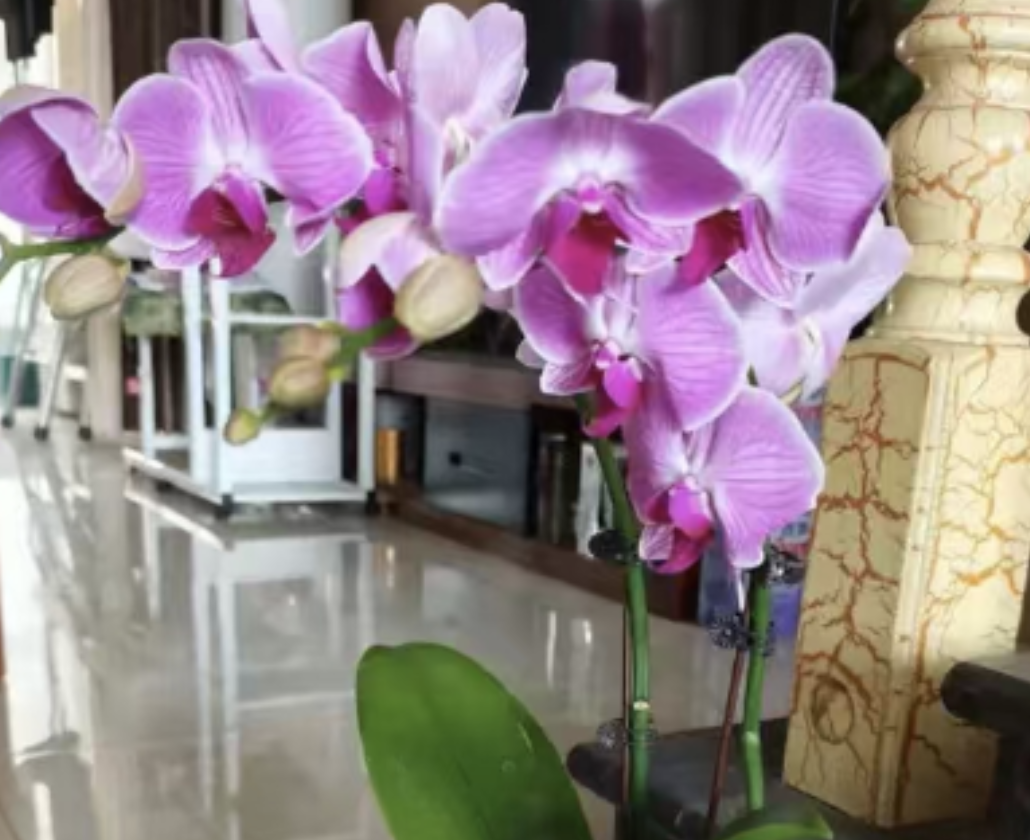During the process of maintaining potted plants, repotting is an important task. It not only provides more suitable growing space for plants but also improves soil conditions and promotes the healthy growth of plants. So, when should potted plants be repotted? And how to determine if a potted plant needs repotting?
First of all, understanding the appropriate time for repotting potted plants is crucial. For most potted plants, spring and autumn are ideal seasons for repotting. In spring, the temperature gradually rises, and plants begin to enter a vigorous growth period. Repotting at this time enables plants to adapt to the new environment more quickly and grow rapidly.
In autumn, the climate is relatively mild. After a growing season, repotting can reserve sufficient nutrients and space for plants to cope with the upcoming winter dormancy.
However, not all potted plants strictly follow these two seasons for repotting. Some special plants may have different needs. For example, plants that dormancy in summer, such as cyclamen, are suitable for repotting when it gets cooler in early autumn; while plants that dormancy in winter, such as tulips, should be repotted before the early spring budding.
How to determine if a potted plant needs repotting. One of the most intuitive methods is to observe the size of the plant. When the roots of a potted plant extend from the drainage holes, or the plant appears crowded in the original pot and the growth space is obviously insufficient, it means that a larger pot is needed to meet its growth requirements.
In addition, the condition of the soil is also an important basis for determining whether repotting is needed. If the soil is severely compacted, water is difficult to penetrate after watering, or the soil fertility has decreased significantly and cannot provide sufficient nutrients for the plants, then repotting and changing the soil are necessary measures. The growth condition of the plant can also reflect whether repotting is needed.
If the plant grows slowly, the leaves become smaller and yellow, and even show signs of wilting. After excluding other factors such as pests and diseases, it is likely due to the restricted growth of the root system and poor soil conditions. At this time, repotting should be considered. Observing the size and material of the flowerpot can also help determine. For smaller flowerpots, if they have not been replaced for a long time, it may limit the expansion of the plant's root system and the absorption of water and nutrients.
And some flowerpots with poor air permeability, such as plastic pots, may affect the air permeability and drainage of the soil after being used for a period of time, thereby affecting the growth of plants. Different types of plants have different frequencies and requirements for repotting. For example, succulent plants grow slowly, and the repotting interval can be relatively long; while herbaceous flowers grow rapidly and may need to be repotted more frequently.
Determining whether a potted plant needs repotting requires comprehensive consideration of multiple factors. By observing the size of the plant, the soil condition, the growth trend, and the condition of the flowerpot, a more accurate judgment can be made, and repotting operations can be carried out at the appropriate time to create better growth conditions for potted plants.
When should potted plants be repotted?

Share with
Tagged in :




Leave a Reply